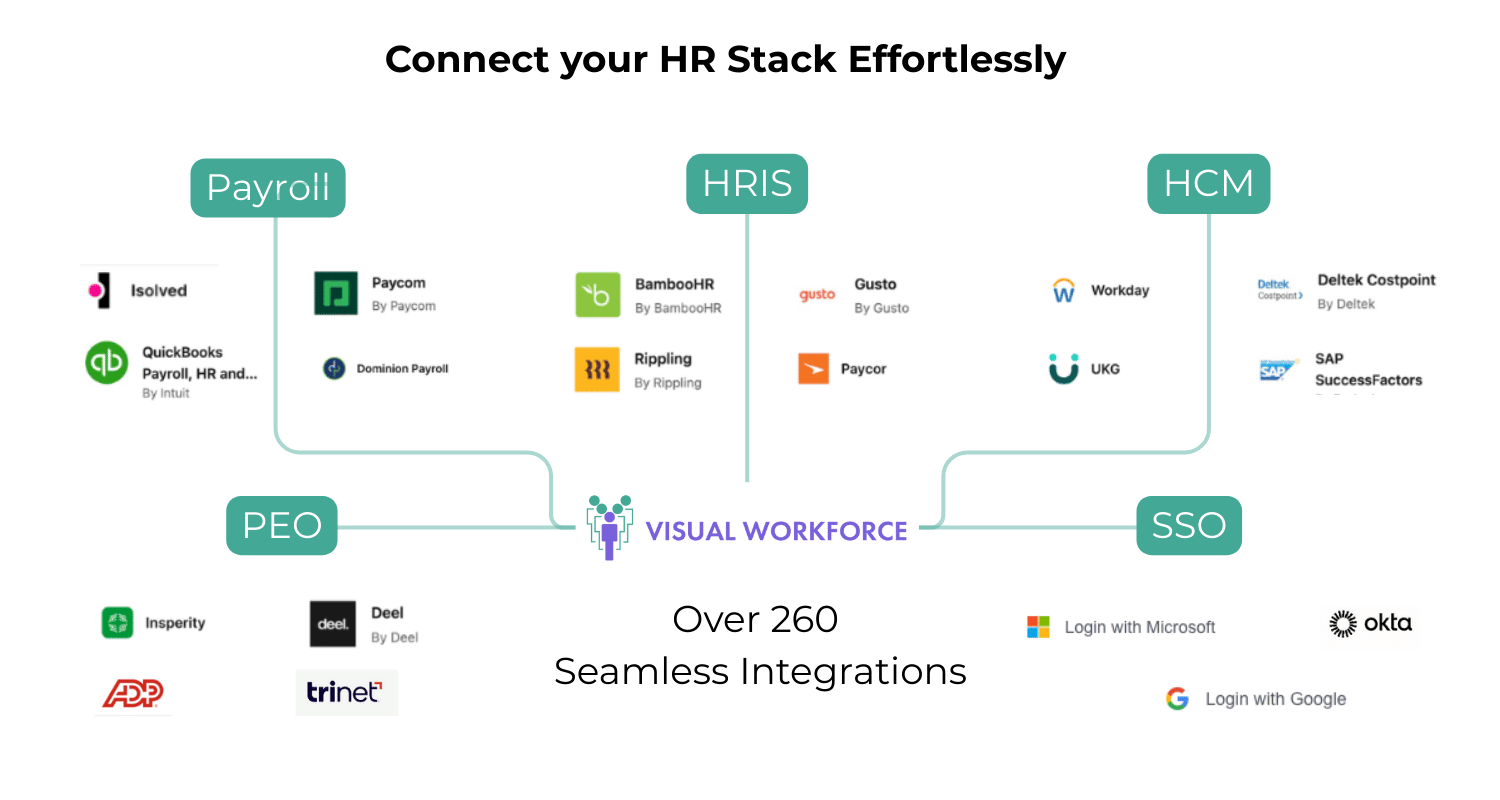IT Career Skills Series: Front-End Developer
In the digital age, required skill sets are constantly changing. You may be looking to upskill your current team or hire new talent to fill those skill gaps. Or maybe you’re looking to elevate your own skills and career. Whatever your goals, welcome to the IT Career Skills Series. In this 10 part series, we will breakdown the top skills for each role your need on your IT dream team.
Get a FREE downloadable Career Skills List and IT skills matrix to test your teams’ (or your own!) proficiency against these must have skills.
We are kicking off our IT Career Skills Series with Front-end Developers. Front-end Development is one of the most in demand roles of 2019 with 3.2 million job openings. Why are front-end developers in such high demand? The web is everywhere. Users of applications and websites expect nothing less than a top-tier experience. A great front-end developer can manage the challenge of hiding the complexity of software and presenting the end-user with a beautiful, easy-to-use interface that aligns with your brand and business goals.
What Do Front-End Developers Do?
To sum it up, front-end developers code websites using the building blocks of HTML, CSS, and JavaScript. They’re the ones who take a design and develop it into a website that works. Responsibilities of a front-end developer can include:
Develop new user-facing features
Build reusable code and libraries for future use
Ensure the technical feasibility of UI/UX designs
Optimize application for maximum speed and scalability
Assure that all user input is validated before submitting to back-end
Collaborate with other team members and stakeholders
Top 5 Skills Your Front-End Developers Need Now
1. HTML/CSS
HyperText Markup Language (HTML) and Cascading Style Sheets (CSS) are the foundation for web development. The most basic technology with which any front-end developer must be intimately familiar.
2. JavaScript and Libraries
JavaScript (JS) is a programming language that makes webpages interactive. JavaScript is used to add dropdown menus, video, polls and animations. JavaScript Libraries contain ready-made, reusable plug-ins and extensions you can use to provide additional functionality to webpages. JS Libraries allow for shorter and cleaner code than JavaScript alone. Some popular JS libraries are jQuery (old but still kicking), React and D3.js.
3. CSS and JavaScript Frameworks
CSS Frameworks aid website design and adhere to best practices using the CSS language. Some popular CSS Frameworks are Bootstrap, Materialize CSS and Foundation.
JavaScript frameworks not only provide JS libraries but also a best-practice methodology to use when building a website. Some popular frameworks are Angular, React and Vue.js.
4. CSS Preprocessor
CSS preprocessors make it easy to automate repetitive tasks, reduce errors, create reusable code, and ensure backward compatibility. Each CSS preprocessor has its own syntax that they compile into vanilla CSS. Some popular CSS preprocessors include Sass, LESS and Stylus.
5. Creativity
Don’t forget about soft skills! The front-end developer must blend technical know-how with creativity to give the user the best possible website experience. Understanding what works for users, and what does not, when building any website can make or break a user’s experience.
Ready to build your dream IT team? It’s time to put your team’s skills to the test. Download the full career skills list and test your team’s proficiency with a FREE skills matrix template.
Subscribe
Sign up to receive updates and announcements from Visual Workforce.









